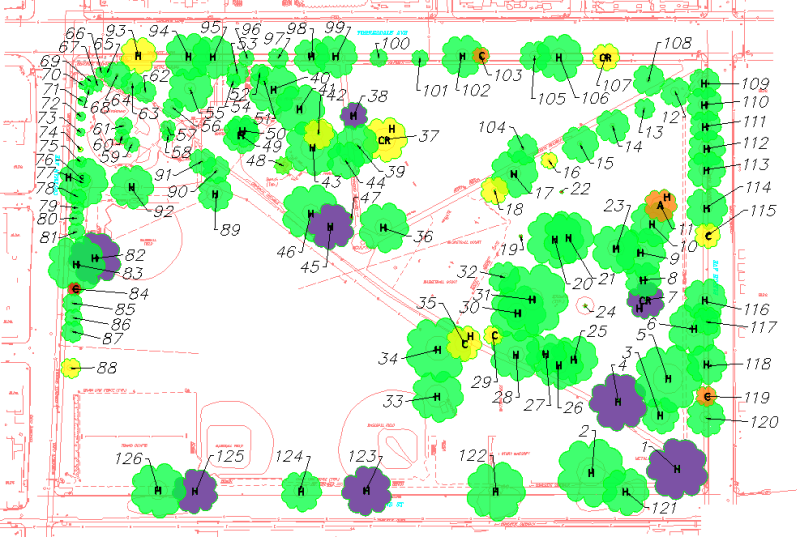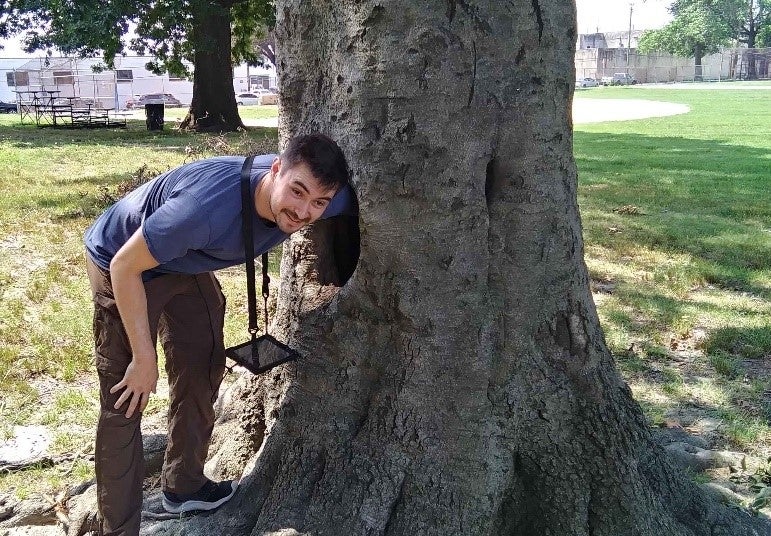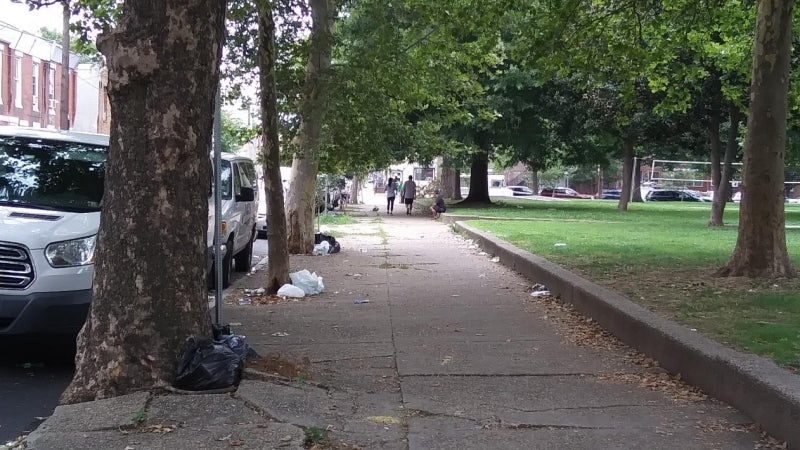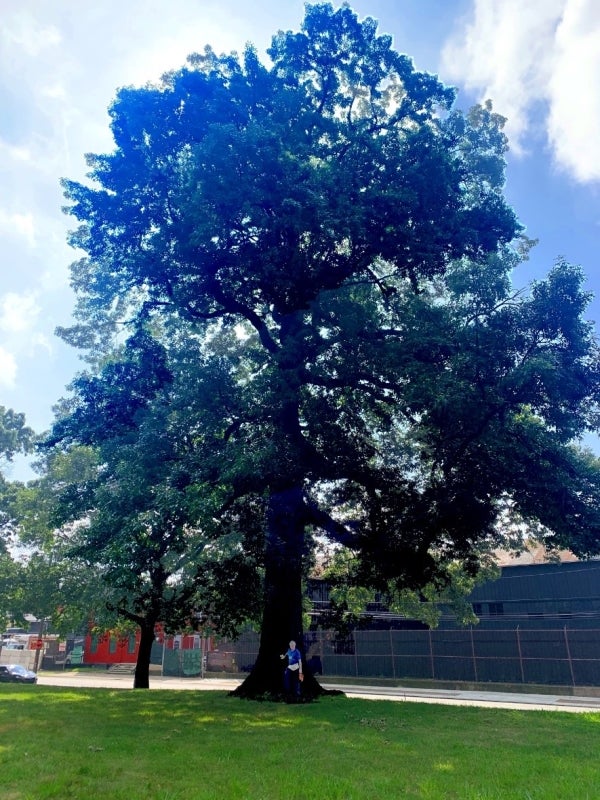Blog


In 2017 the City of Philadelphia established it’s Rebuild initiative, aimed at revitalizing and enhancing community infrastructure like community centers, libraries, and parks in underserved areas around the city. In recent months, the Morris Urban Forestry team has conducted tree assessments for several parks that are designated for improvements through Rebuild.
Trees are a critical part of communities, offering numerous benefits that contribute to the health and well-being of neighborhoods. Urban trees act as natural filters for air pollution, provide essential shade in city heat, and even contribute to crime reduction. Within parks, trees create a tranquil, safe, and inviting environment for people to come together, fostering stronger community connections. Our tree inventories and assessments serve the purpose of ensuring that these trees are properly accounted for and cared for to maximize their benefits for both the park and the community.
The assessment process begins with the measurement of each tree and recording vital variables such as species, circumference, condition, and any necessary maintenance requirements. This data is then entered into mapping software called ArcGIS, allowing us to generate a comprehensive inventory spreadsheet in Microsoft Excel and an IntelliCAD map displaying the assessed trees.

Due to historical neglect and disinvestment in green spaces that necessitated the Rebuild initiative, many trees within these parks have suffered prolonged neglect. On-site visits reveal trees in a wide range of conditions. Along the streets, tree pits are often in disrepair, and it's common to encounter substantial trunk wounds on street trees damaged by cars. In the park’s interior, trees contend with a host of challenges like mower damage, girdling by lights or rope, or being overtaken by invasive plants and insects.



Interestingly, these green spaces are also some of the few locations in the city where trees can truly thrive. In Russo Park, many trees are over one hundred years old.
We measured a Southern red oak (Quercus falcata) that is likely the Pennsylvania state champion of its species (visit the state champion tree website to learn more). You would expect to find champion trees in protected forests—not in city parks! These venerable trees offer even greater benefits as they grow older and larger, deserving recognition as cherished members of the community that have thrived for generations alongside local residents.
In urban settings, it's not uncommon for trees to face hardships, from inadequate soil quality and relentless heat to continual human interference, all of which significantly impact their well-being. Without enough investment and care, trees can easily fall into a state of decline. Nevertheless, even when trees are struggling, green spaces maintain their vital role as community hubs. During our visits to all the parks, it was evident that they served as vibrant community gathering spots, hosting everything from cookouts, summer camps, and sports activities to simple moments of relaxation in the soothing shade.
As urban foresters, we see our work as more than just caring for trees. We understand that healthy trees are integral to the well-being of our communities and the vitality of our city. Morris Arboretum and Gardens takes pride in extending our love of trees into the communities beyond our gates.